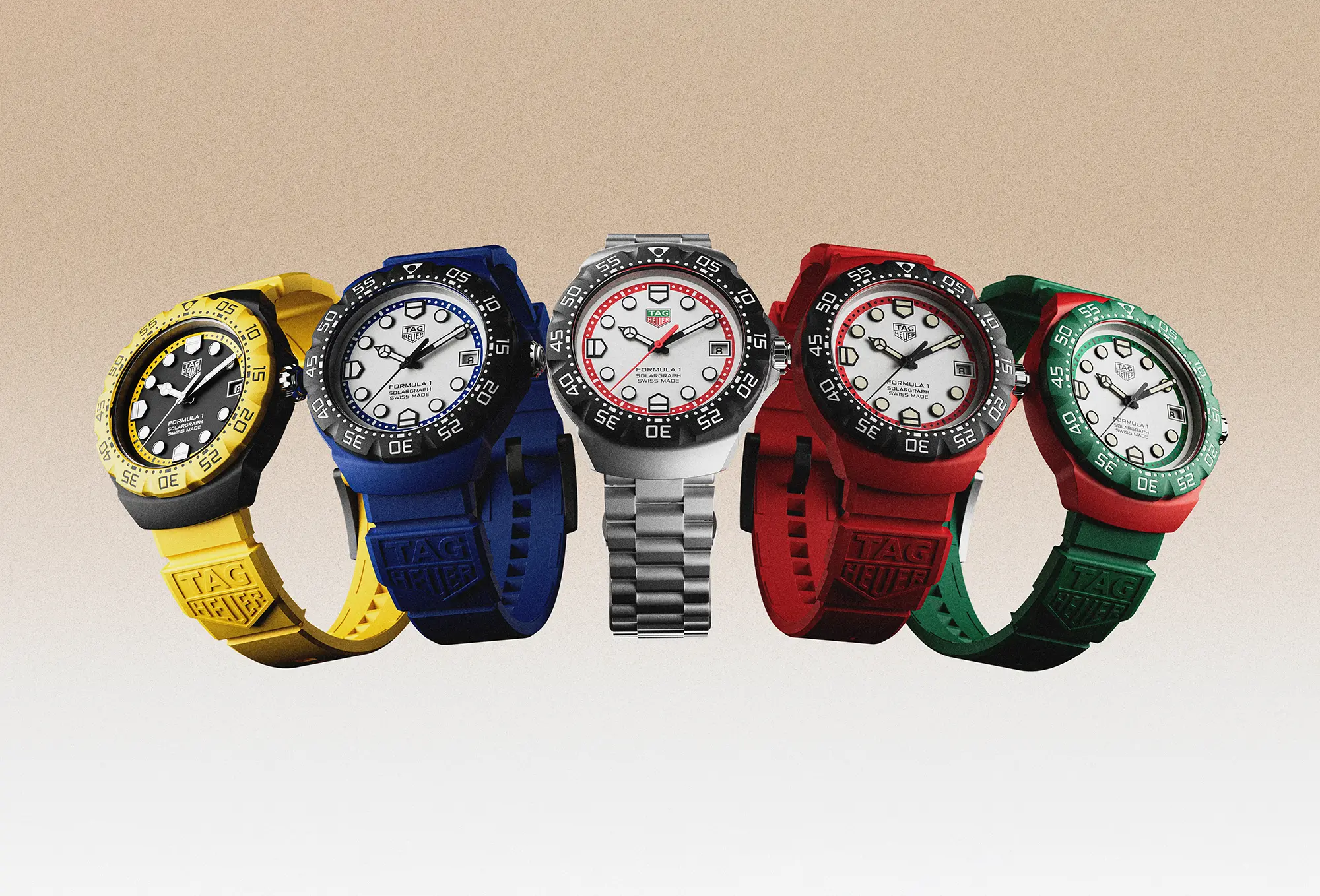TAG Heuer is back in F1 as the official timekeeper, and if you’ve watched any of the races thus far, you’ve likely noticed the new clocks at pit exit fashioned after the old school TAG Heuer F1 watch. It’s a design that formally returned last season with a special collection of KITH branded F1 watches from TAG Heuer, and it immediately had many enthusiasts asking for a regular production option. This week, that’s exactly what TAG Heuer is delivering, though not exactly as you might expect. This is the new F1 Solargraph collection featuring nine 38mm references.
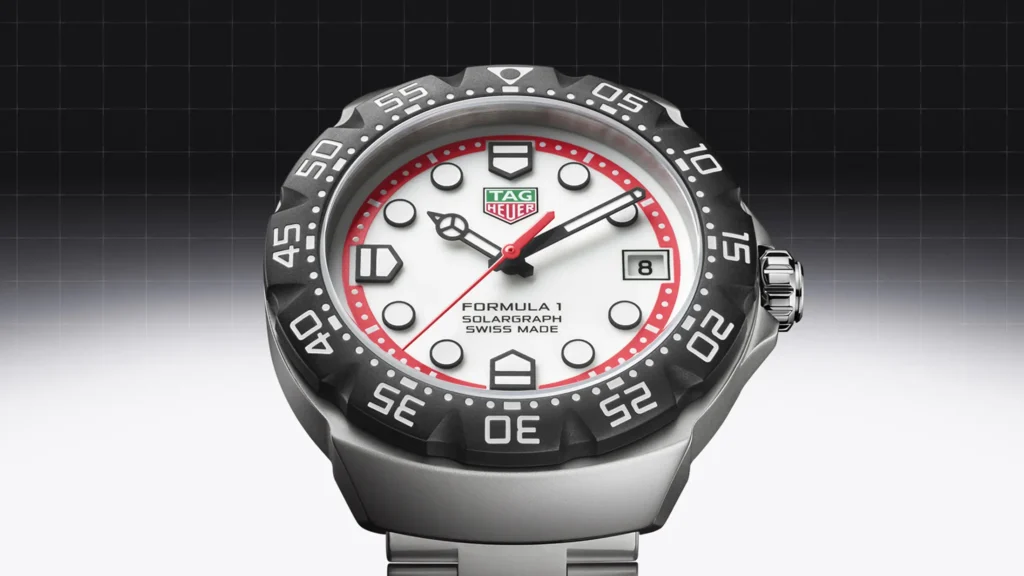
The new F1 Solargraph is not a re-issue, but it is most certainly a throwback to the ‘80s. What began in 1986 with a youthful design meant for expressive fun has become something of an icon of the era. Mercifully, examples have remained relatively accessible, even with the recent rise in popularity as the whole ‘80s and ‘90s thing makes its comeback. The design was wholly unique when it was released, and it remains so today, with a vivid, playful design that embraces big colors and shapes in a small wearable package.
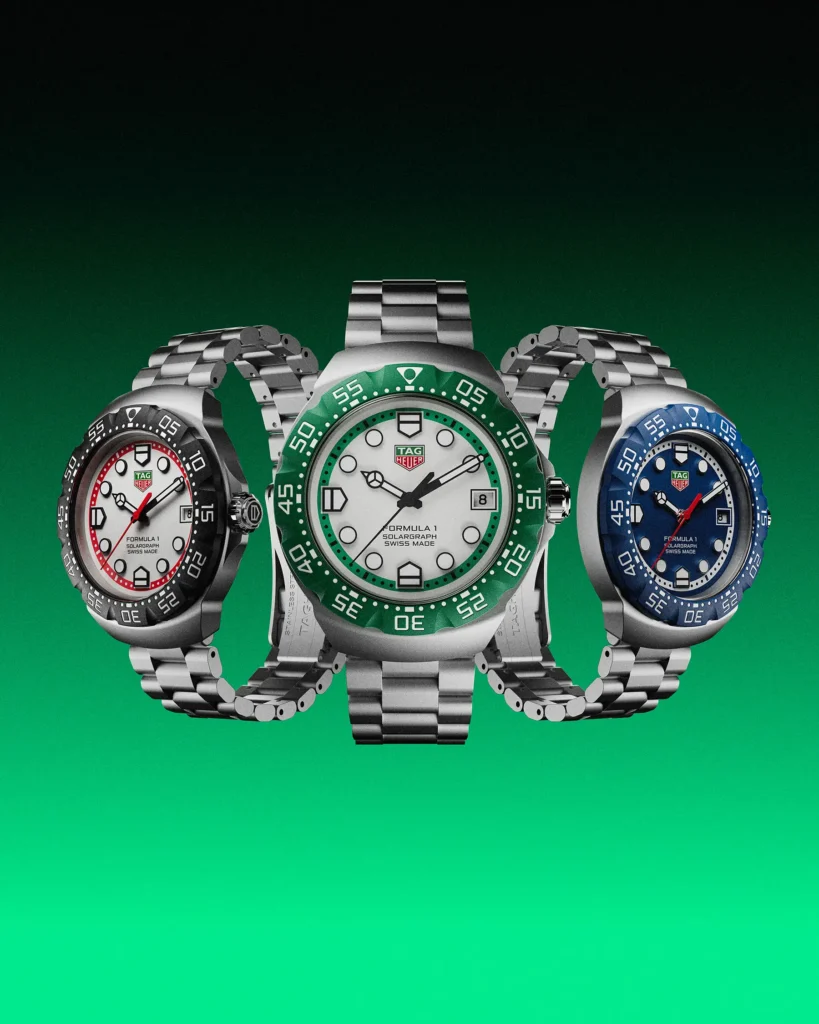
TAG Heuer has preserved these qualities in new materials, sizes, and colors for 2025, and they are making a return as Solargraph watches that can be powered by, well, solar energy in the caliber TH50-00. The new F1 collection gets a notable bump from its original 35mm diameter, to a still manageable 38mm case with a hooded lug. The case has been rendered in sand blasted and DLC’d steel, as well as colored bio-polyamide to achieve the full range of options.
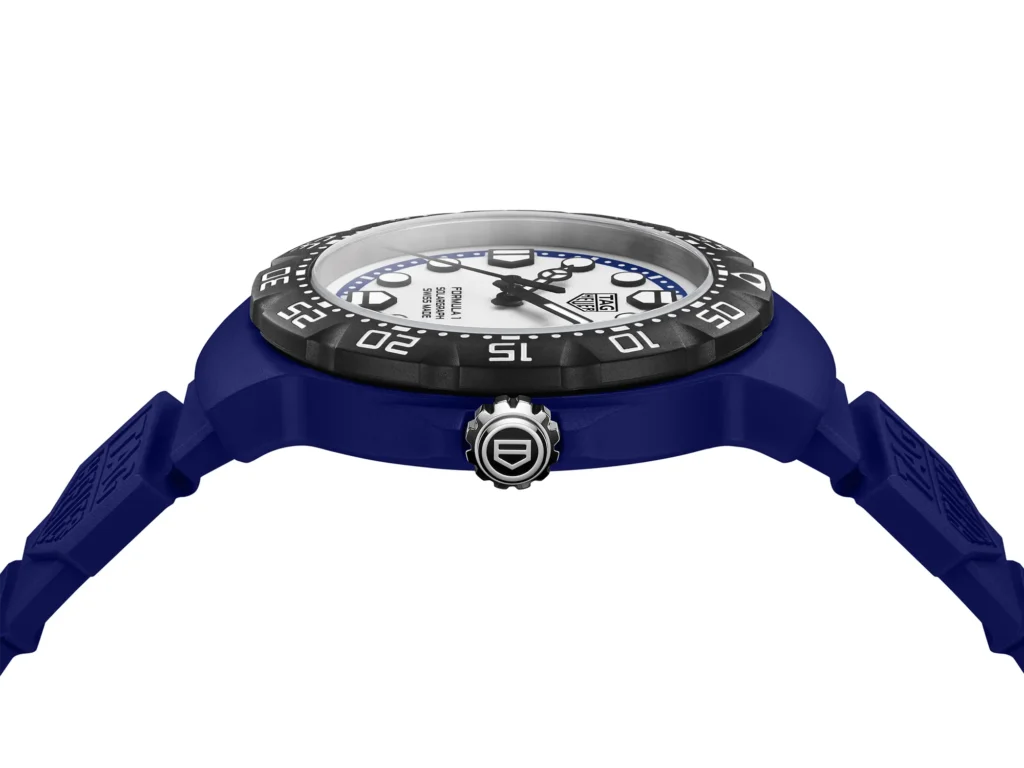
Three of the references represent the core collection, while the remaining six are limited editions that recall specific colorways of the original release. The three steel cases with blasted texture and steel bracelets will form the foundation of the modern collection, which I suspect TAG Heuer will use for many special editions throughout the F1 season. We’ve seen special edition watches from the brand consistently through their partnership with the ORACLE Red Bull F1 team, and now that their involvement extends to the sport as a whole, the releases could take on a whole new form.
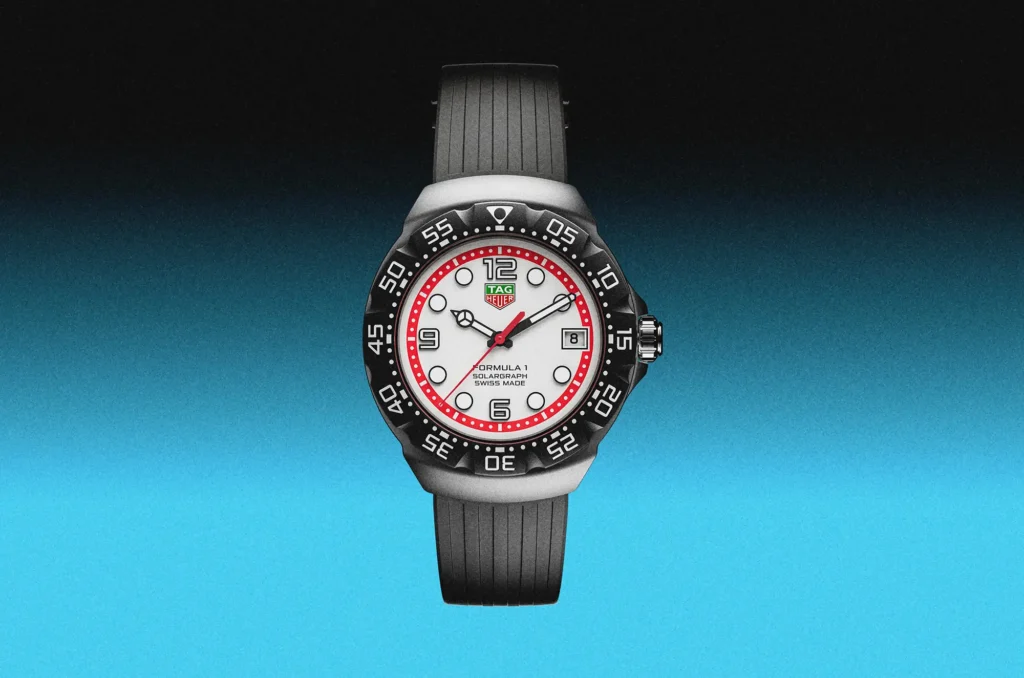
The modern F1 design has been refined at nearly every angle, while retaining the clear soul of the original. It feels cleaner and more mature at a glance, but not boring. The design is defined by the shape of the chunky bezel, and the contrasting chapter ring in the dial. My favorite detail is the design of the numerals marking each five minute segment on the fully indexed bezel. It’s blocky, a bit rough around the edges, and hugely charming in personality.
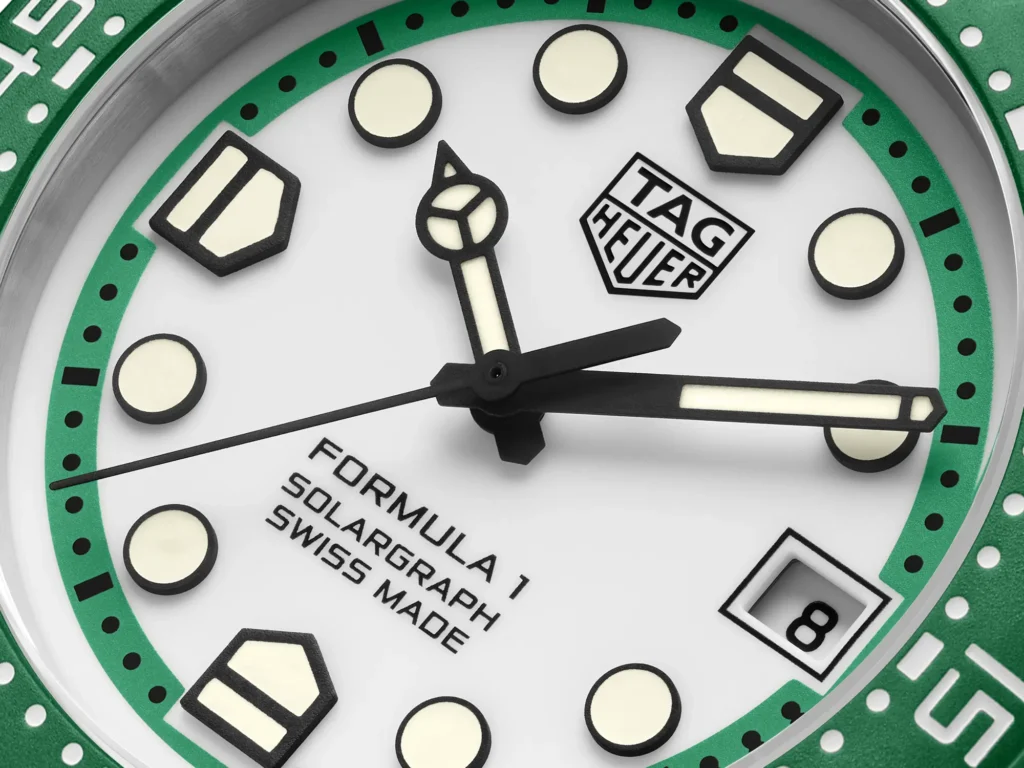
A large part of the charm of the original was the accessible price point. This was a watch meant to appeal to a younger audience, after all. Anyone who might feel a sense of nostalgia for this design, however, are getting a bit old at the moment, and I think TAG Heuer is banking on that nostalgia fueling the ultimate success of this watch, even if it is priced at CHF 1750 in bio-polyamide, and CHF 1850 in steel. It’s less than an Aquaracer Solargraph, but quite a bit more than the old-school 35mm variants.
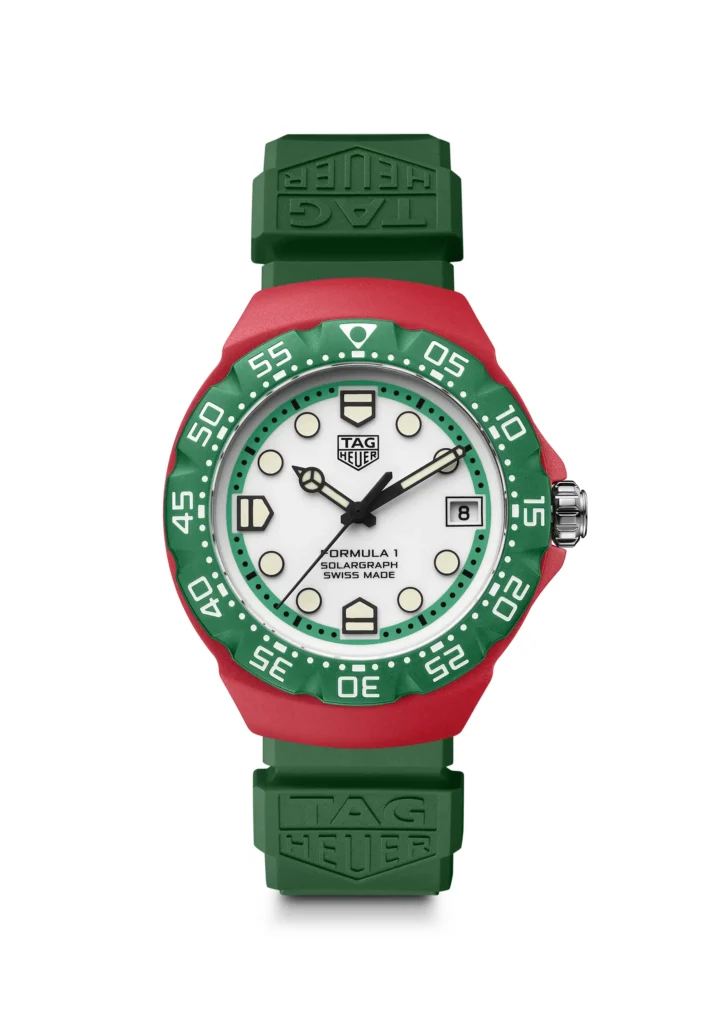
I’ll have plenty more to say about these later this week after going hands-on so stay tuned for more from Geneva. TAG Heuer

